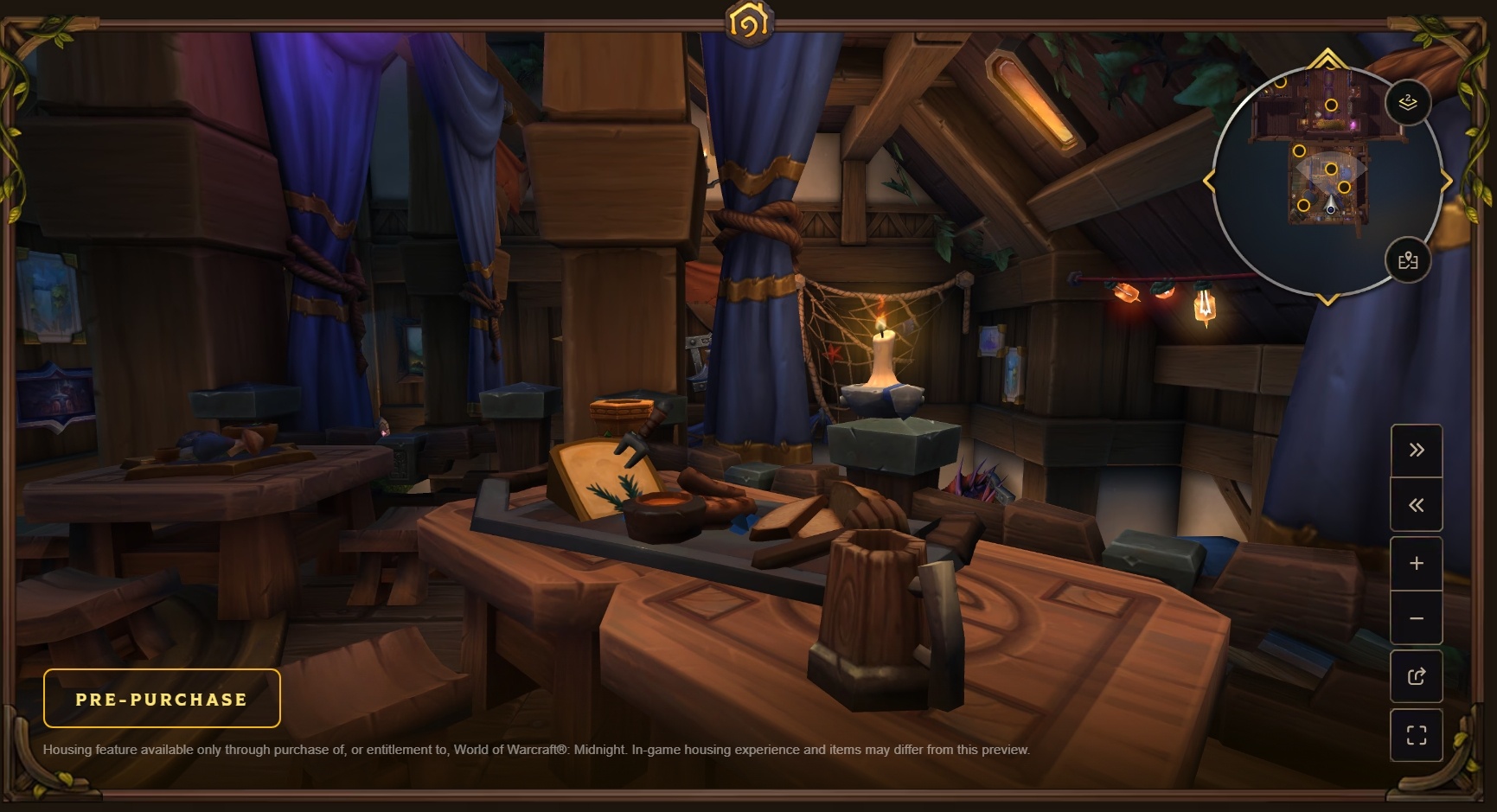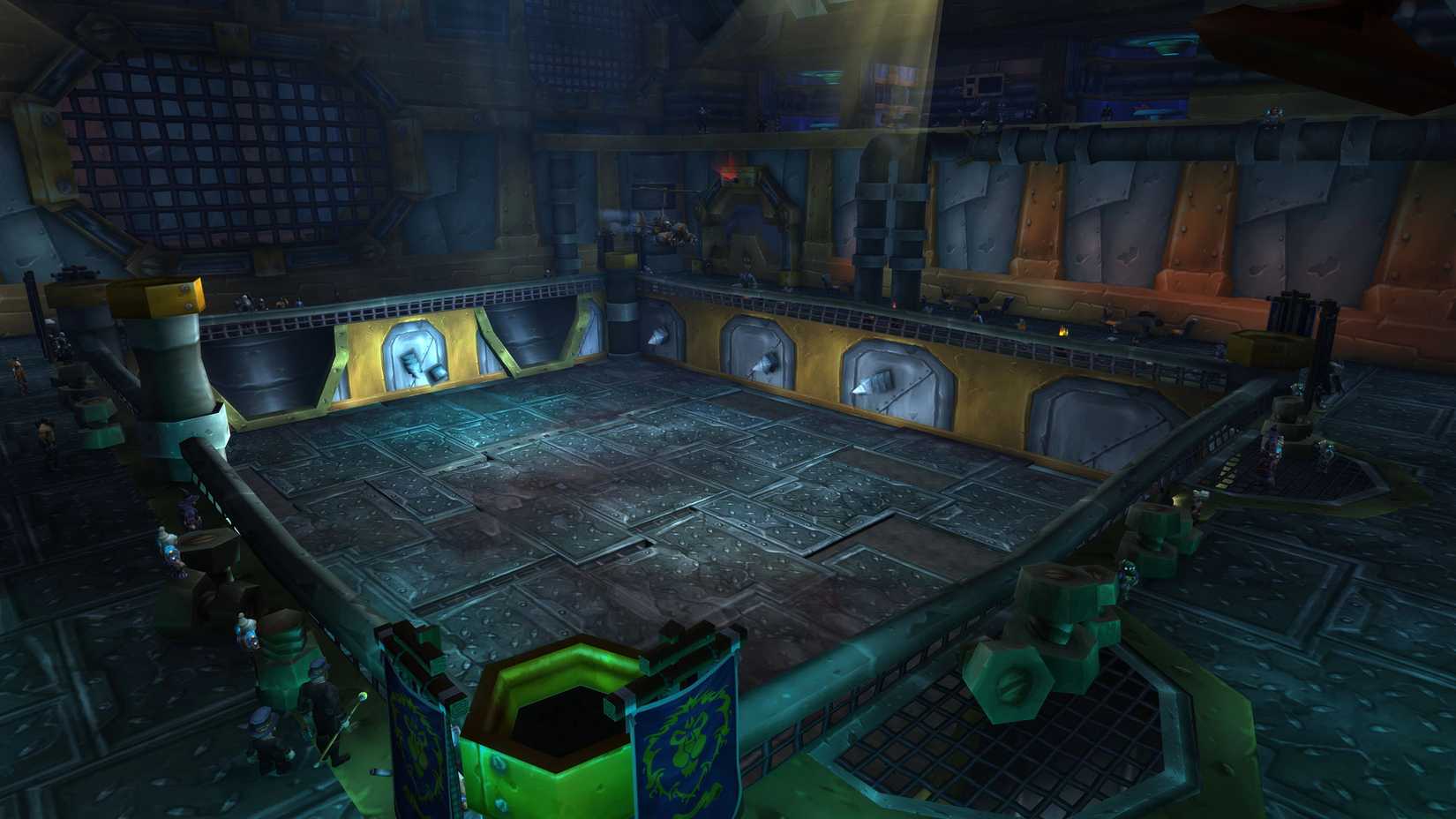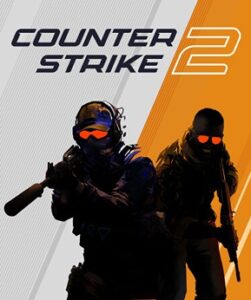The Final Countdown: Blizzard’s Bold Move to Retire WeakAuras and Reshape Endgame World of Warcraft in Midnight Expansion
Popular Now
 Toca Boca World
Toca Boca World
 Gacha Club
Gacha Club
 Genshin Impact
Genshin Impact
 Counter-Strike 2
Counter-Strike 2
 Fortnite
Fortnite
 Schedule I
Schedule I
 Roblox
Roblox
 Auto X Drift Racing 3
Auto X Drift Racing 3
 Black Myth: Wukong
Black Myth: Wukong
 NBA 2K24
NBA 2K24
 The Addon Apocalypse: A New Era for High-Stakes WoW Gameplay
The Addon Apocalypse: A New Era for High-Stakes WoW Gameplay
The landscape of high-level World of Warcraft is on the precipice of its most profound transformation in years. With the impending launch of the Midnight expansion—the second chapter of The Worldsoul Saga—Blizzard Entertainment is implementing sweeping changes that target the very core of the endgame experience: the reliance on combat-assisting addons. The most notable casualty in this new direction is arguably the most popular and influential mod in the game’s history: WeakAuras. This strategic shift, set to take effect as early as the pre-patch for Midnight, signals a decisive end to the “addon arms race” and a dramatic refocus on raw player skill and accessible design. This move has generated intense debate, simultaneously celebrated by those seeking a “cleaner” experience and mourned by veterans who consider these tools essential for competitive Mythic Raiding and Mythic+ Dungeons.
The developer’s stated goal is not to ban all mods, but specifically to restrict the real-time computational power of combat-focused addons, which had grown to essentially “solve” complex boss mechanics. This restriction is being achieved by placing a “black box” around crucial in-combat data, preventing mods like WeakAuras and Deadly Boss Mods (DBM) from predicting or outright automating moment-to-moment decisions. The fallout is already evident, with the WeakAuras development team confirming they will not release a functional version for the Midnight expansion, effectively ceasing development for this primary use case. This is a monumental event that demands a deep dive into the implications for players, content design, and the overall future of the Massively Multiplayer Online Role-Playing Game (MMORPG) genre.
The Addon Dilemma: Why Blizzard Had to Act
For decades, addons have been a defining feature of the World of Warcraft ecosystem. They started as simple quality-of-life improvements but evolved into sophisticated, mandatory tools for high-end play. The issue, as articulated by Blizzard, became a vicious cycle: Game Developers would create complex boss mechanics, only for addon creators to swiftly develop tools that mitigated or nullified the challenge. This forced developers to introduce increasingly convoluted and obscured mechanics, purely to stay ahead of the curve, raising the barrier to entry for the average player. An official damage meter has already been implemented, replacing the necessity for mods like Details!, but the core problem remained with combat logic tools.
 The impact of this “arms race” was most keenly felt in the top-tier competitive scene, the Race to World First (RWF), where guilds had full-time “WeakAura creators” on their roster, building custom alerts live during raid progression. This level of reliance fundamentally changed the nature of the challenge from a test of quick human reaction and in-game communication to a test of who could code the best script fastest. By restricting the API in Midnight, Blizzard aims to return the focus to core MMORPG skills: situational awareness, proper positioning, and executing a class rotation under pressure—a true test of skill-based gameplay.
The impact of this “arms race” was most keenly felt in the top-tier competitive scene, the Race to World First (RWF), where guilds had full-time “WeakAura creators” on their roster, building custom alerts live during raid progression. This level of reliance fundamentally changed the nature of the challenge from a test of quick human reaction and in-game communication to a test of who could code the best script fastest. By restricting the API in Midnight, Blizzard aims to return the focus to core MMORPG skills: situational awareness, proper positioning, and executing a class rotation under pressure—a true test of skill-based gameplay.
WeakAuras and DBM: The Kingpins of Combat Utility
While many addons face limitations, the practical end of support for WeakAuras is the most impactful development. It’s more than just a boss mod; it’s a blank-slate customization tool used for virtually every aspect of the game. Its primary power lay in tracking complex combat events with extreme precision and triggering custom visual or auditory alerts for players, effectively providing a playbook for every encounter. Other major players facing retirement or significant gimping include:
- Deadly Boss Mods (DBM) / BigWigs: These popular boss mods, which provided crucial timers and warnings for abilities, will lose the ability to track the most complex, player-specific combat data. Blizzard is integrating an official, built-in boss alert system, which, in its current alpha state, is noted as far less comprehensive but is expected to improve.
- Hekili: The pre-patch to Midnight will also see the end of the Hekili addon, a popular rotational helper that guided players through complex class rotations. This aligns with another major announced change: the simplification of class design. All classes in Midnight are reportedly undergoing a talent rework to reduce “button bloat” and make rotations easier to execute, lessening the need for external rotational assistance.
The fundamental change for these mods is the inability to access and process certain combat information in real-time within instanced content like raids and Mythic+ dungeons. Addon developers can still customize the display of information, changing colors and sizes, but they can no longer use this data for complex real-time computation—the core of their “problem-solving” power.
 Blizzard’s UI Overhaul: A Built-in Replacement Strategy
Blizzard’s UI Overhaul: A Built-in Replacement Strategy
The move to restrict addons is twinned with an aggressive strategy to enhance the default user interface (UI). Blizzard is integrating key functionalities that players previously relied on third-party tools for, addressing years of player feedback. These new baseline features in Midnight include:
- Integrated Boss Alert System: A native replacement for DBM, aiming to clearly telegraph mechanics without the need for external scripts. This is crucial for making the game accessible.
- Built-in Damage Meter: A native tool to track Damage Per Second (DPS) and Healing Per Second (HPS), reducing the mandatory nature of third-party meters like Details!.
- Advanced Cooldown Manager: A more robust in-game system for tracking ability cooldowns and procs, hoping to replace a significant portion of what players used WeakAuras for.
- Simplified Class Rotations: The announced class changes will make rotations less demanding, a pre-emptive strike against the need for rotation helper addons.
However, the initial reception to the in-development Blizzard alternatives has been mixed. Critics argue that the new systems lack the depth of customization and accessibility features that the community-driven addons, particularly WeakAuras, offered. Features like customized audio cues, conditional tracking (e.g., showing a proc only below a certain duration), and complex visual scaling are not fully replicated in the initial alpha build. The success of this entire paradigm shift hinges on Blizzard’s ability to refine its native UI to a standard that satisfies the demands of the most dedicated players. This ongoing development and community feedback loop represents a significant risk for the expansion’s launch.
The Impact on Accessibility and the WoW Community
The core philosophy driving these changes is improved accessibility. For years, newcomers to high-end content were faced with a daunting prerequisite: learning how to download, install, and configure a suite of complex addons just to be considered competitive. Blizzard aims to remove this steep barrier to entry, leveling the playing field so success depends on in-game skill, not external software configuration. This aligns with the overall trend in modern game development towards a cleaner, more intuitive user experience.
Yet, the irony is not lost on the community: WeakAuras was itself a powerful tool for accessibility. Many players, including those with color blindness, hearing impairments, or cognitive load challenges, relied on its highly customizable alerts to make the game playable at a high level. The loss of this fine-grained control has raised serious concerns about whether the new, simplified in-game systems can adequately support these diverse player needs. Blizzard has indicated a commitment to addressing accessibility, but the gap left by the retirement of a tool as versatile as WeakAuras remains substantial.
The Console Conundrum: Is Midnight Preparing for WoW Console Support?
A persistent and high-value CPC keyword speculation surrounding these drastic changes is the possibility of World of Warcraft preparing for an official console release. Removing the reliance on a complex ecosystem of third-party PC mods and simplifying class rotations—reducing the overall number of buttons required—perfectly aligns the game’s design with the limitations and requirements of console controllers. A console port would unlock a massive new revenue stream and player base, making this shift a huge Investment Opportunity for the game’s longevity. While Blizzard has not officially confirmed a console version of the mainline MMORPG, the design decisions in Midnight are a compelling indication of a future-proofed, platform-agnostic design philosophy. The potential for a “cleaner” UI that works equally well on a monitor and a TV screen is undeniable.
Future Outlook: The Midnight Test of Encounter Design
The true success of this unprecedented move will ultimately be judged by the quality of the new raid and dungeon content in Midnight. Game Director Ion Hazzikostas has confirmed that current raid encounters will be “tuned” for the pre-patch to maintain an appropriate level of challenge without addon assistance. More importantly, future encounters will be designed from the ground up to be more intuitively telegraphed, with mechanics that are visually clearer and less reliant on players having to parse a wall of text from a third-party script. The goal is to make the “solution” to the boss fight an inherent part of the fight’s design, not a puzzle to be solved by programming.
This is a high-risk, high-reward strategy. If Blizzard delivers on its promise of intuitive, challenging, and clear encounter design, Midnight could usher in an era of more pure, skill-based WoW gameplay, attracting both veterans and new players. However, if the built-in solutions prove inadequate or the new encounters feel overly simple or, conversely, too chaotic without the clarity of former addons, the community backlash will be severe. The coming months, as Midnight progresses through its testing phases, will be a crucial period of scrutiny for this revolutionary, yet controversial, direction in MMO gaming.
Key Takeaways for Players and Gaming Enthusiasts:
- WeakAuras is Retiring for Midnight: The most popular combat addon will not be supported in its current form due to API restrictions. The team developing it confirmed this decision.
- Combat Logic is “Black Boxed”: Blizzard is restricting access to real-time combat data in instances to prevent addons from “solving” mechanics.
- The Era of Simpler Classes: Class rotations are being streamlined, coinciding with the loss of rotation helper addons like Hekili.
- Official Replacements are Coming: Built-in boss alerts, a native damage meter, and an improved cooldown manager will be integrated into the default UI to fill the void.
- Console Speculation is High: The changes align strongly with a potential future official World of Warcraft release on console platforms.
The long-standing relationship between World of Warcraft and its community-driven addon ecosystem is officially changing. Whether this bold development decision becomes a catalyst for a more accessible and enduring future or a source of enduring frustration remains the biggest question hanging over the Midnight expansion. The competitive WoW community is now on watch, eagerly awaiting the final product.










